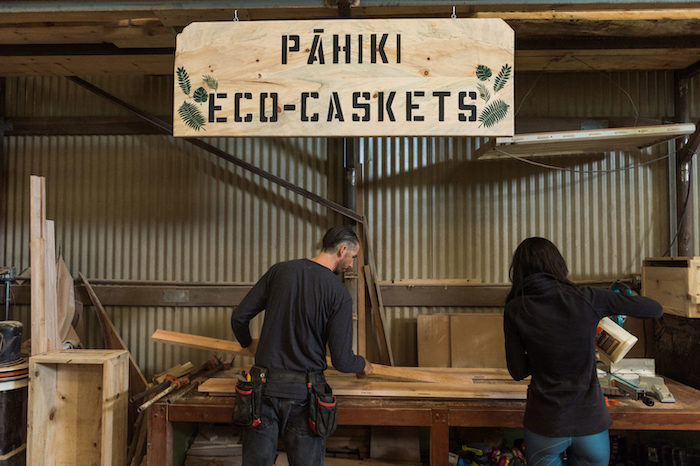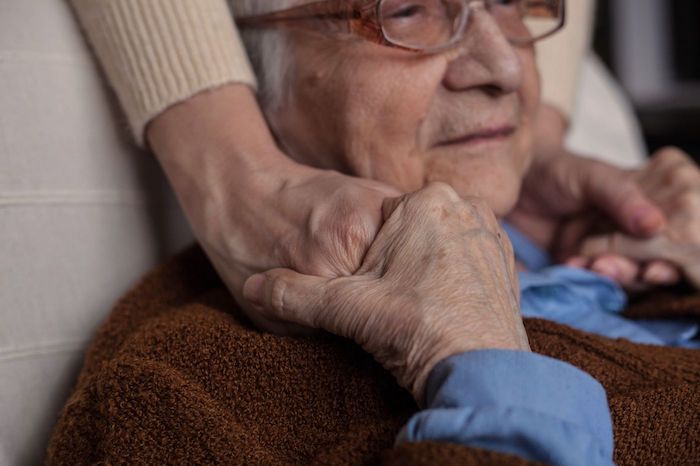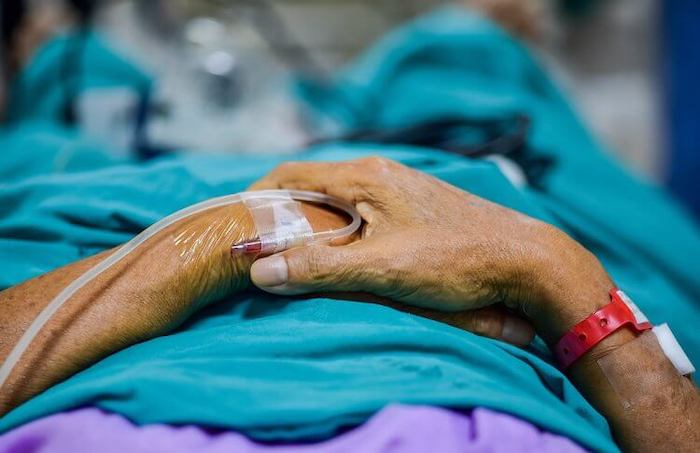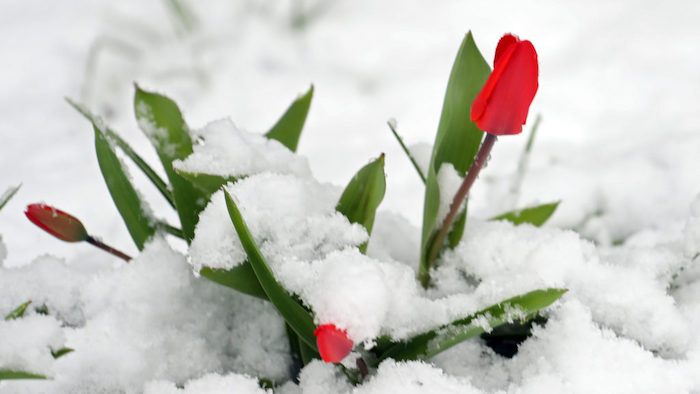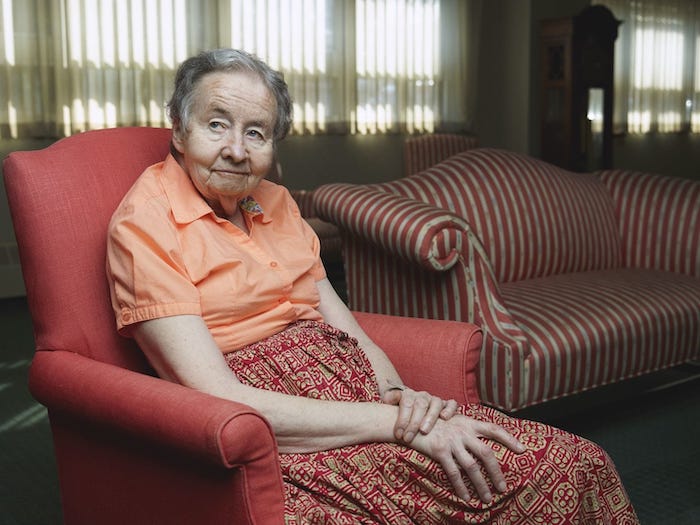The case for demanding end-of-life care that meets our needs
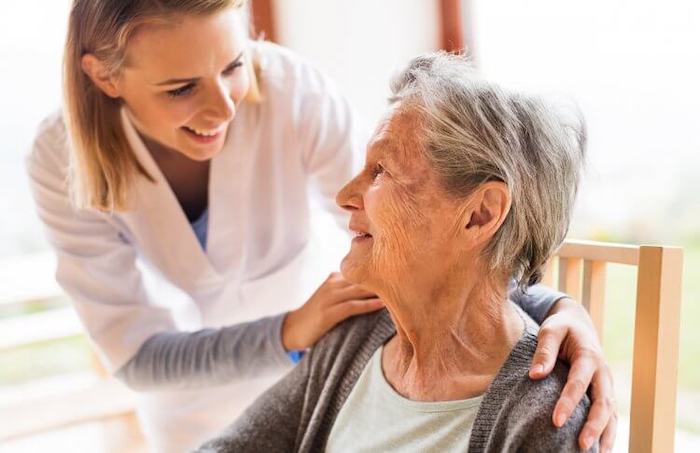
By Amy Berman
If you are facing serious illness today or want to prepare for your own, or a loved one’s, illness in the future, you can tell your nurse, doctor and family that you want to talk about your wishes and what’s important to you. As we age, what matters most to us about our health care choices should become more important, not less, especially as we near the end of life. It’s important not just for us, but for those we leave behind.
Let me tell you a story to show you what I mean.
At 68, a woman we’ll call “Carmen” thought she was healthy — until she suffered a stroke and then a heart attack. Her husband, Eddie, a house painter, worried. How could they get Carmen the care she needed? How would they pay for it? Carmen told Eddie she wanted to avoid the hospital as much as possible, go to church and not be a burden to him.
Carmen represents the type of patient who nurses, doctors, social workers and other health care providers see every day. Yet, health care teams often serve people like her poorly. As a nurse, I’ve seen many people needlessly returning to the hospital over and over or spending their final days in an intensive care unit hooked up to machines they never wanted. But sometimes, when the right conversations lead to the right actions at the right time, the story has a better ending.
The Proactivity of Palliative Care
Fortunately for Carmen, her neighborhood community had a program that put together everything a person with a serious illness would need — proactively. This program drew together medical and nursing care with social work services to support the needs of the family grappling with serious illness. Carmen was relieved to learn that the program covered treatments to manage her pain and symptoms and also coordinated her care with her health care team. This is called palliative care.
The palliative care Carmen received was different than hospice care (available to people expected to live six months or fewer). Palliative care provides pain and symptom management until a cure is reached, or chronic condition management until death. Palliative care was an extra layer of support while Carmen got her other treatment.
Not only do people generally feel better with palliative care, they also live longer. Research shows that palliative care improves patient and family satisfaction, increases time spent at home and reduces the amount of time people spend in hospitals.
The World Health Organization even recognizes palliative care as “fundamental to improving the quality of life, well-being, comfort and human dignity for individuals” and has called for it to be integrated as an essential element of the serious illness care we receive.
When Carmen took a turn for the worse and required hospice, her care team listened to what mattered to her and helped her plan accordingly. When it became clear that she was getting worse, the team helped her remain at home and comfortable, just as she wanted. She had time to be with her closest friends, and died with her family around her.
And that’s the point. We deserve to live out our lives on our own terms.
What Matters to You?
The John A. Hartford Foundation is committed to helping ensure that members of the public understand they have a key voice in how care is chosen and delivered. The Foundation supports several groups that provide helpful resources for patients, families and clinicians. This includes Care.Lab, a collective of leading national experts who helped develop scenarios like Carmen’s to illustrate the possibilities; The Conversation Project, which offers free starter kits to help define your wishes and advance directive guidance. If you want to learn more about palliative care in your community, visit getpalliativecare.org.
Improving care for people living with serious illness requires palliative care and — when needed — hospice services.
People should receive the care they want and know how to avoid the care they don’t want. Families should feel supported and better equipped to help their loved ones. Clinicians should know their patients are receiving care that aligns with the patient’s goals. Health care systems benefit from the person-centered care their clinicians deliver. This is the care we should all demand.
Complete Article ↪HERE↩!

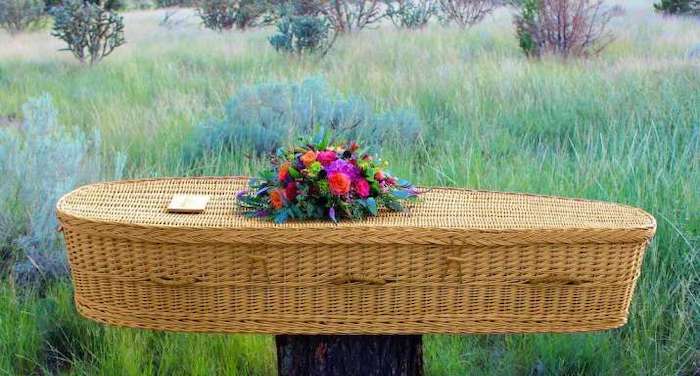

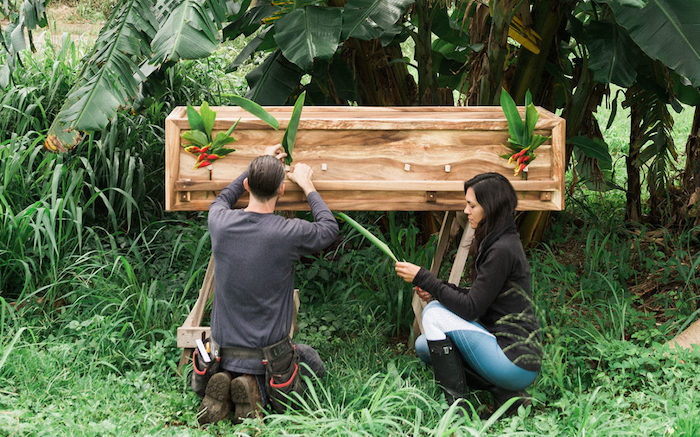

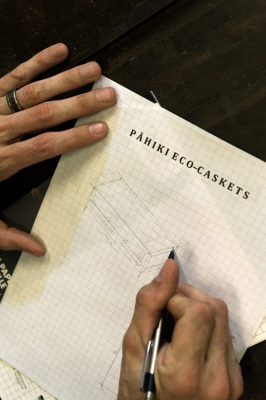 Pāhiki’s unobtrusive design aesthetic is in direct response to that. The final products—caskets that trade metal, paint, synthetic fabric, and lacquer for wood, non-toxic glue, muslin, and coconut-oil finishes—are crafted to allow the wood grain to shine in its most organic state. The caskets are stripped of sensational flourishes, but not of sentiment. Family members can opt to purchase the “collaborative option,” for which Gusick and Baggett affix biodegradable linen loops around the casket’s perimeter to hold flowers from funeral guests.
Pāhiki’s unobtrusive design aesthetic is in direct response to that. The final products—caskets that trade metal, paint, synthetic fabric, and lacquer for wood, non-toxic glue, muslin, and coconut-oil finishes—are crafted to allow the wood grain to shine in its most organic state. The caskets are stripped of sensational flourishes, but not of sentiment. Family members can opt to purchase the “collaborative option,” for which Gusick and Baggett affix biodegradable linen loops around the casket’s perimeter to hold flowers from funeral guests.